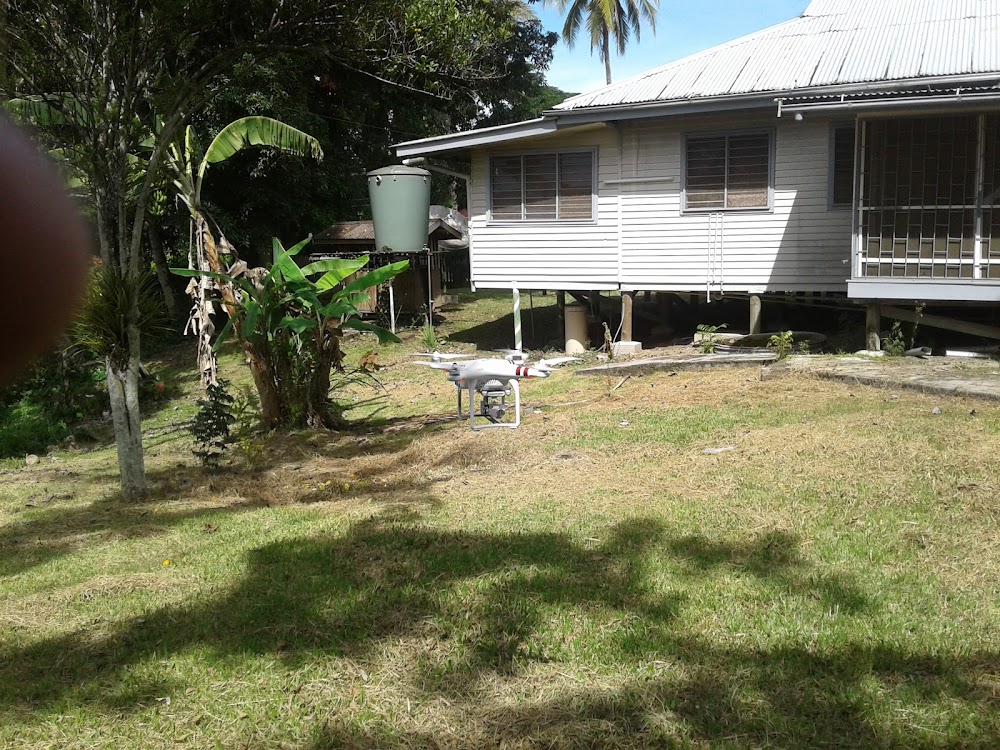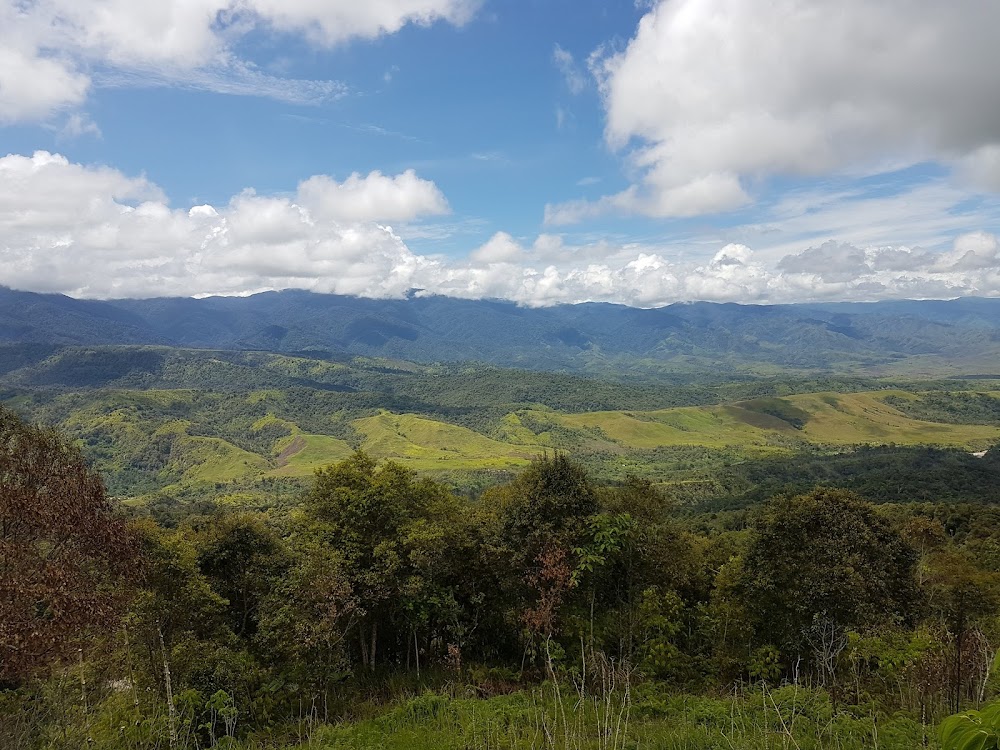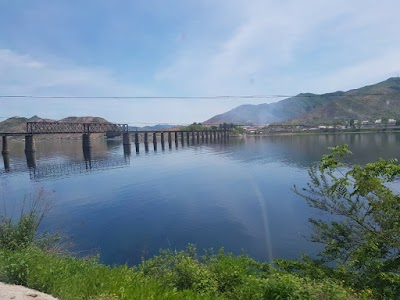McAdam National Park (McAdam National Park)
Overview
Nestled in the heart of Morobe Province, Papua New Guinea, McAdam National Park is a breathtaking testament to natural beauty and biodiversity. Renowned for its lush rainforests, diverse wildlife, and stunning landscapes, this park embodies a rich narrative of conservation and community collaboration.
Established in the early 1980s, McAdam National Park arose from the collective foresight of local government and community leaders who recognized the urgent need to protect the region's unique ecosystems. Spearheaded by ecological experts and local custodians, the park's creation was a proactive response to mounting threats from logging, mining, and agricultural encroachment. This initiative not only aimed to preserve the environment but also sought to safeguard the cultural heritage and traditional lands of the indigenous peoples who call this area home.
The journey towards creating the park began with comprehensive ecological surveys conducted by scientists and researchers. These studies unveiled an impressive array of flora and fauna, including rare species of birds, mammals, and plants that exist nowhere else on Earth. The park's remarkable biodiversity highlights its significance, not just to Papua New Guinea, but to global conservation efforts.
Community Engagement played a pivotal role in the establishment of McAdam National Park. Local villages, whose lives are intricately tied to the land, actively participated in discussions and decision-making processes. Their invaluable traditional knowledge informed the delineation of park boundaries and the identification of key areas requiring protection. This collaboration ensured a conservation plan that was both sustainable and respectful of local customs.
Funding for the park's creation was a collaborative effort, sourced from a blend of government allocations, international grants, and donations from environmental organizations. Infrastructure development, including the construction of trails, lookout points, and information centers, was executed with a focus on minimizing environmental impact. Local labor was employed for these projects, ensuring economic benefits flowed back into the surrounding communities.
One of the park's most ambitious initiatives is the Reforestation Program, aimed at restoring areas previously affected by logging. Native tree species are planted, and careful monitoring is conducted to ensure these trees develop into thriving ecosystems. This reforestation effort contributes significantly to carbon sequestration, biodiversity, and habitat restoration.
McAdam National Park also champions Eco-Tourism, offering visitors a chance to immerse themselves in its natural wonders while supporting conservation efforts. Guided tours led by trained local guides provide insights into the park's rich biodiversity and cultural heritage. Eco-tourism initiatives create a vital revenue stream for park maintenance and bolster local economies, fostering a sense of ownership and pride among community members.
Educational Programs are a cornerstone of McAdam National Park's mission. Collaborations with schools and universities facilitate field trips, research opportunities, and conservation workshops, inspiring younger generations to cherish and protect their natural heritage. Awareness campaigns promoting sustainable practices are regularly organized, reaching out to educate the broader public.
In recent years, McAdam National Park has faced new challenges, including climate change and illegal activities such as poaching and unauthorized logging. To address these threats, enhanced surveillance and patrolling measures have been implemented. The integration of technology, such as drones and GPS tracking, has significantly improved monitoring capabilities. Additionally, international partnerships with conservation organizations have provided vital technical and financial support to bolster these efforts.
Despite these challenges, the park continues to thrive, largely due to the unwavering support of local communities and the commitment of all stakeholders involved. McAdam National Park stands as a powerful example of what can be achieved through cooperation, respect for nature, and relentless dedication to conservation.
Today, McAdam National Park is not just a sanctuary for wildlife and a haven for nature enthusiasts; it is a lasting legacy of environmental stewardship for future generations. Its story of creation and ongoing preservation illustrates a shining example of harmony between humans and nature, inviting all who visit to witness its splendor and partake in its preservation.







